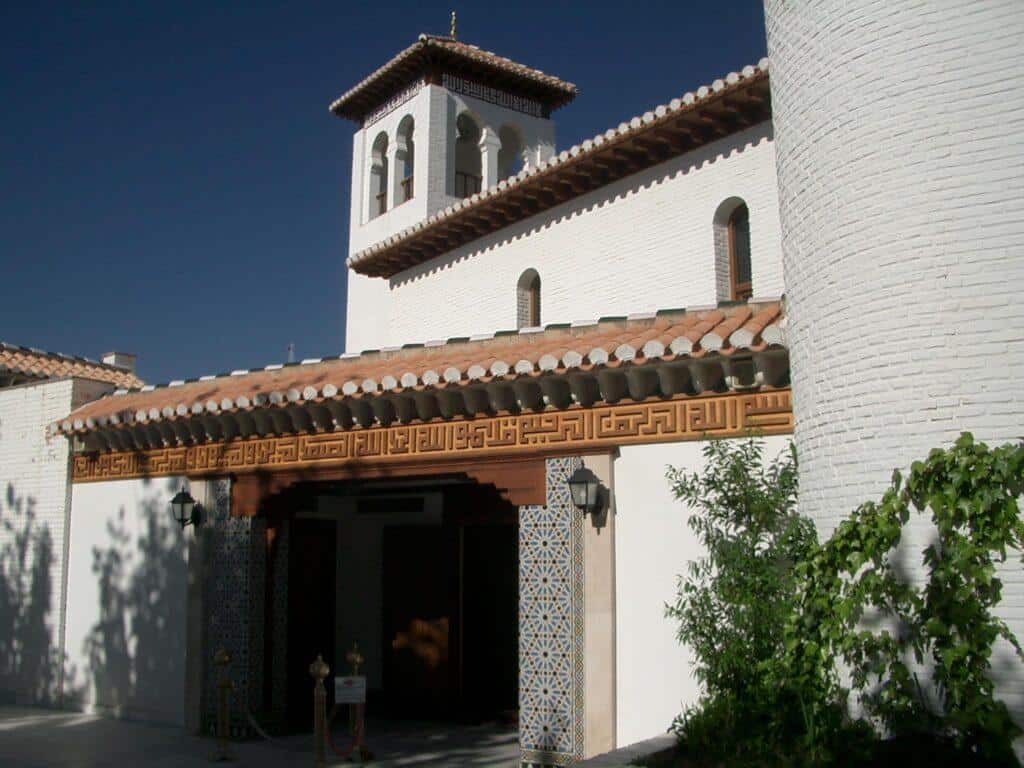- Home
- Listings
- Things To See & Do
- Car Hire
- News
- Properties
- What’s On
ES
Places of Worship
Churches, mosques, and synagogues
The Costa Tropical in Granada, Spain, is a region blessed with a rich cultural and religious heritage, exemplified by its diverse array of churches, mosques, and synagogues. Each of these sacred spaces carries a unique historical and architectural significance, reflecting the complex tapestry of faiths that have left their mark on this coastal enclave.
The churches in the Costa Tropical stand as enduring symbols of Christian devotion and architectural splendor. One such prominent example is the Church of San Juan Bautista in Almuñécar, an awe-inspiring edifice with a history dating back centuries. Its elegant blend of Mudejar and Renaissance styles showcases the artistic prowess of the era, while its role as a place of worship continues to resonate with the local Christian community.
In addition to Christian places of worship, the Costa Tropical also bears witness to its Islamic legacy through mosques that have stood the test of time. The legacy of Al-Andalus, an era of Islamic rule in Spain, can be glimpsed in the remnants of mosques like the one in Salobreña. While converted into a church after the Reconquista, it retains elements of its original Islamic design, offering a tangible link to a period of cultural exchange and coexistence.
Furthermore, the traces of Jewish heritage in the Costa Tropical are equally poignant. Synagogues, though fewer in number, hold a special place in the region’s historical narrative. The Synagogue of Málaga, for example, serves as a poignant reminder of the once-thriving Jewish community that contributed to the cultural mosaic of Al-Andalus. Its enduring presence invites contemplation on the shared history of religious communities in the area.
Today, these sacred spaces continue to serve as focal points for worship, reflection, and cultural appreciation. They also provide a unique window into the shared history of various faiths in the Costa Tropical, emphasizing the importance of interfaith dialogue and understanding in this diverse region.
As visitors explore these churches, mosques, and synagogues, they are not only witnessing architectural marvels but also connecting with the spiritual and cultural essence of the Costa Tropical. It is a testament to the enduring power of faith and the capacity for coexistence in this historically rich corner of Granada.
Churches
Almuñécar
Iglesia Parroquial de la Encarnación. Address: Cuesta de la Iglesia.
La Herradura
Iglesia de San José. Address: Canalajas 26
Salobreña
Iglesia del Rosario
Located in the church square, it occupies the land formerly used as a cemetery. Built in the 16th century on the site of a mosque, it features Mudéjar-style architecture with a very simple layout and a tower ending in a square prism. Notable features include the side entrance adorned with ceramic tiles, and the tower crowned with stepped and typically Mudéjar battlements.
Motril
Iglesia de los Capuchinos. Address: Pío XII, s/n
Iglesia del Carmen. Address: Cañas, s/n
Iglesia Mayor de la Encarnación. Address: Plaza de España, 9
Vélez de Venaudalla
Iglesia de Nuestra Señora del Rosario
Rubite
Iglesia de Nuestra Señora del Rosario
Polopos
Iglesia de Nuestra Señora del Rosario
Jete
Iglesia Parroquial de San Antonio
Otívar
Iglesia parroquial de San José
Ítrabo
Iglesia parroquial Nuestra Señora del Carmen
Lentegí
Iglesia parroquial Nuestra Señora del Rosario
Molvízar
Iglesia parroquial de Santa Ana
Lújar
Iglesia Parroquial del Santo Cristo de Cabrilla
Sorvilán
Iglesia de San Cayetano
Mosques

Mezquita Mayor de Granada
The Mezquita Mayor de Granada is an Islamic temple inaugurated in 2003 in the city of Granada. It is the first mosque built in the city since 1492, after a hiatus of 500 years.
Location: Cta. Cabras, s/n, 18010 Granada
Open: 11am-2pm / 6-9pm
Mezquita albaraka
Location: C. Jardines, 15, 18680 Salobreña.
Open: 12pm-12am
Mezquita Ihssan
Location: Pl. Andalucía, 29780 Nerja, Málaga
Mezquita Um Al Muminiin Aicha.
Location: Legazpi, 13, Santa Fé
